The ‘other’ St Kilda: the eerie abandoned islands you can visit
For years, for me, there was only one St Kilda: the one with the beach, the trams and the gaping mouth of Mr Moon at Luna Park, Melbourne.
Then I discovered the other St Kilda, an uber-wild and windswept volcanic archipelago in the middle of nowhere (OK, in the North Atlantic Ocean, about 180 kilometres west of mainland Scotland).
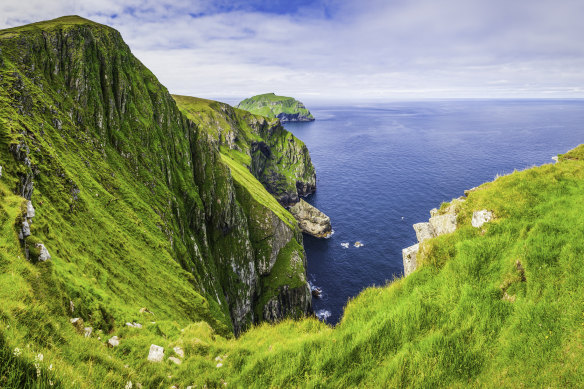
The archipelago is the UK’s only dual UNESCO World Heritage Site.Credit: Getty Images
It’s the only site in the UK to hold UNESCO World Heritage status for both its natural and cultural qualities, but its remoteness means only about 5000 people visit annually – and we’re some of the lucky ones, calling in on a Ponant cruise that’s taking us to some seriously out-of-the-way places.
As St Kilda’s peaks, pinnacles and seabirds soar ahead of our ship, Le Boreal, we’re joined on board by Sue Loughran, a ranger for the National Trust for Scotland, which manages Hirta, the largest island.
It’s dry outside, but Sue arrives drenched after a sloshy Zodiac ride through the notoriously tempestuous waters that churn around Hirta, which was inhabited for thousands of years until 1930, when the last 36 permanent residents were voluntarily evacuated.
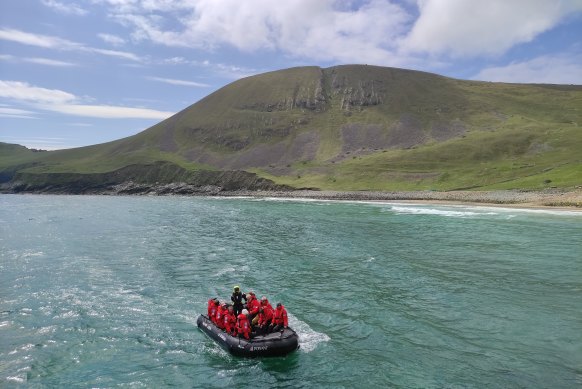
Only about 5000 people visit St Kilda annually.
While a bunch of my fellow passengers dash to their cabins to put on their wellies and waterproofs, Sue shares some Hirta history, plus tips on where and where not to venture (“Don’t walk up into the clouds. It’s very disorienting.”)
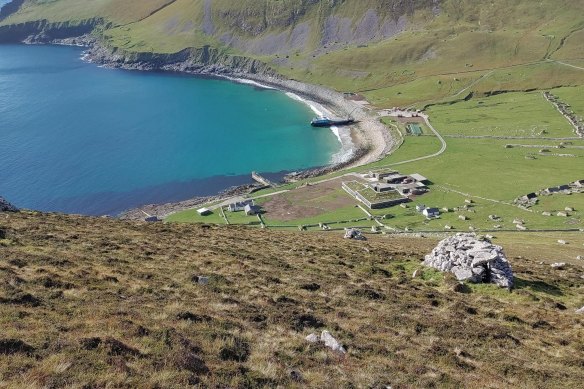
Wild and windswept.
After a surprisingly calm Zodiac transfer – it’s the return journey that’s bumpy and wet – we alight at Hirta’s pier, where the aroma of kelp is strong and intrigue swirls around a small military base for the UK Ministry of Defence. That’s out of bounds, but the old village above it is our oyster.
There’s a tiny church and gift shop (with an honesty box) and a street of single-storey stone cottages. Most are ghostly ruins, roofless and with the names of their previous occupants – the Gillies, Fergusons, McDonalds – etched in chalk on slates by nettle-riven doorways. Nibbling the grass around these abandoned abodes and their cleits (turf-covered storehouses) are wild-roaming Soay sheep, a St Kildan breed domesticated in neolithic times.
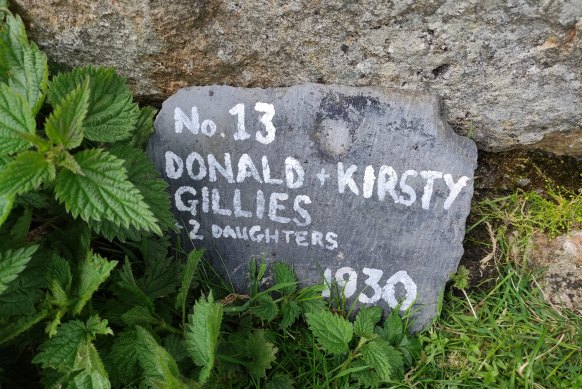
Signs of residents past.
Other dwellings have been refurbished, some housing National Trust staff, volunteers and conservationists in the northern spring and summer. We duck inside one cottage, now a museum detailing the crafts and customs of the former islanders, Gaelic speakers who largely lived off the meat and eggs of birds, as well as fish and crops such as barley and potatoes, sourcing freshwater from springs and using peat for fuel.
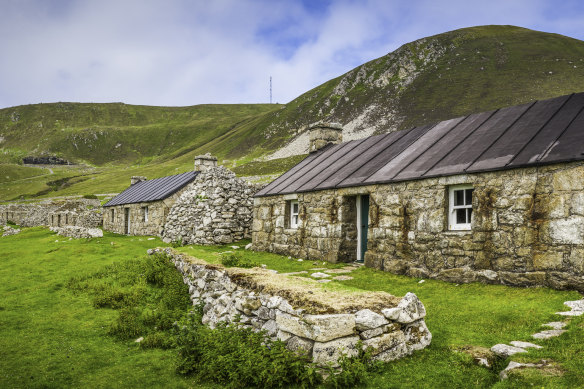
A renovated stone cottage sits among ruins on the remote island of Hirta.Credit: Getty Images
They were self-sufficient for generations, but things changed, especially after the first steamships carrying tourists stopped by in the 1830s. Hirta became increasingly reliant on trade, goods and goodies from outsiders, but it was often left isolated by turbulent weather and sailing conditions.
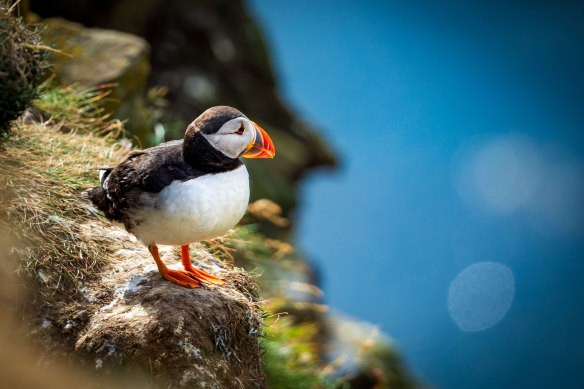
An Atlantic puffin – some of the UK’s largest seabird colonies gather here.Credit: Getty Images
The population gradually dwindled, and in 1852, 36 islanders left for Australia, with fewer than half surviving the measles-riddled 98-day passage from Birkenhead, England, to Port Phillip, Victoria, aboard the Priscilla. In 1930, Hirta’s final 36 inhabitants voted to be resettled on mainland Scotland, a saga dramatised in The Edge of The World, a 1937 film shot on Foula, another remote and invigorating Scottish island we visit on this cruise.

Deserted … stone ruins on St Kilda.Credit: Getty Images
With the May sun bursting from the clouds, we hike a steep path up the green clifftops rising from the bay-hugging village. Passing a blanket of pink wildflowers and mewling lambs chasing their mums, we break above a foaming, turquoise-toned chasm separating Hirta from the jagged neighbouring isle of Dun, with the air aflutter with chirps, squawks and crashing surf.
Avian flu has dented numbers in recent years, but some of the UK’s largest seabird colonies gather here, including gannets, razorbills, fulmars and Atlantic puffins. It’s breeding season and through binoculars, we spy beaks galore nesting in the wave-thrashed cliffs, which spear even higher – over 400 metres – on Hirta’s opposite (north) coast.
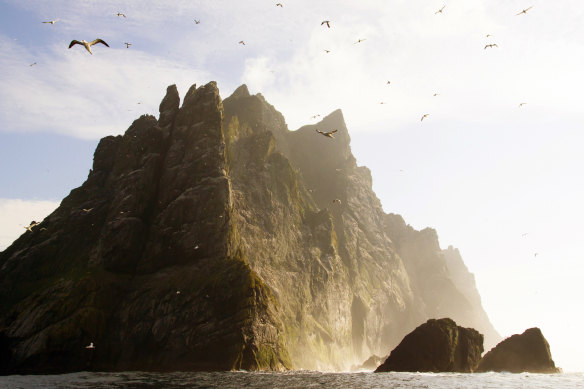
Some of the UK’s largest seabird colonies gather here.Credit: Getty Images
Later, back on our slightly swaying ship, dining on beef tenderloin trickled with foie gras, we take one last glimpse at St Kilda’s distant, surreal outcrops. “It’s like Antarctica. The Drake Passage,” says our smiling waiter, nodding towards the window at a rickety ocean that’s up and down like Luna Park’s famous roller coaster.
The details
Cruise
St Kilda is a highlight of Ponant’s 10-day Scottish archipelagos and the Faroe Islands: Nordic heritage and island identities cruise, which departs Glasgow on May 21, 2025. It costs from $10420 a person and includes all food and drinks, excursions and Wi-FI. See au.ponant.com
Sign up for the Traveller Deals newsletter
Get exclusive travel deals delivered straight to your inbox. Sign up now.